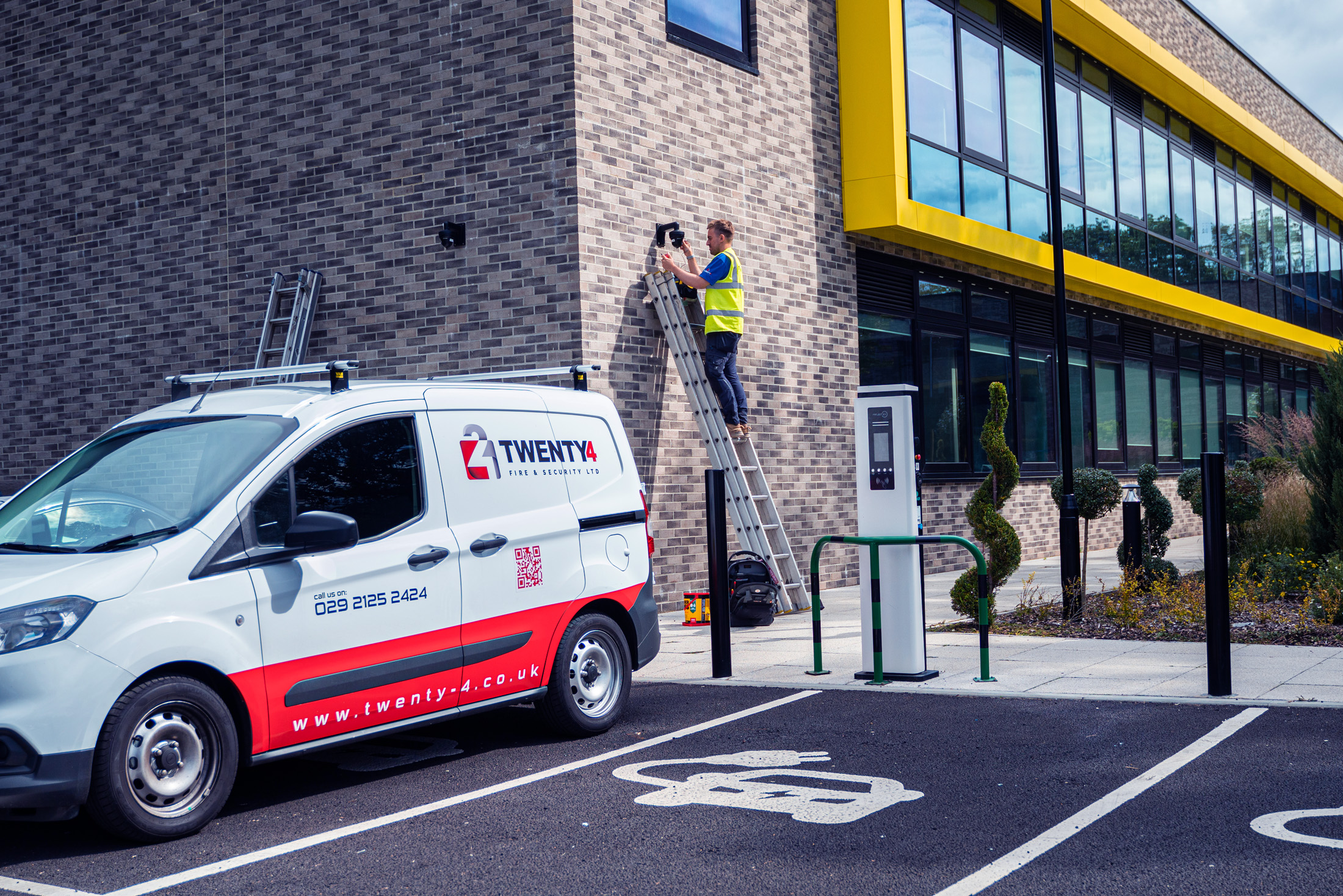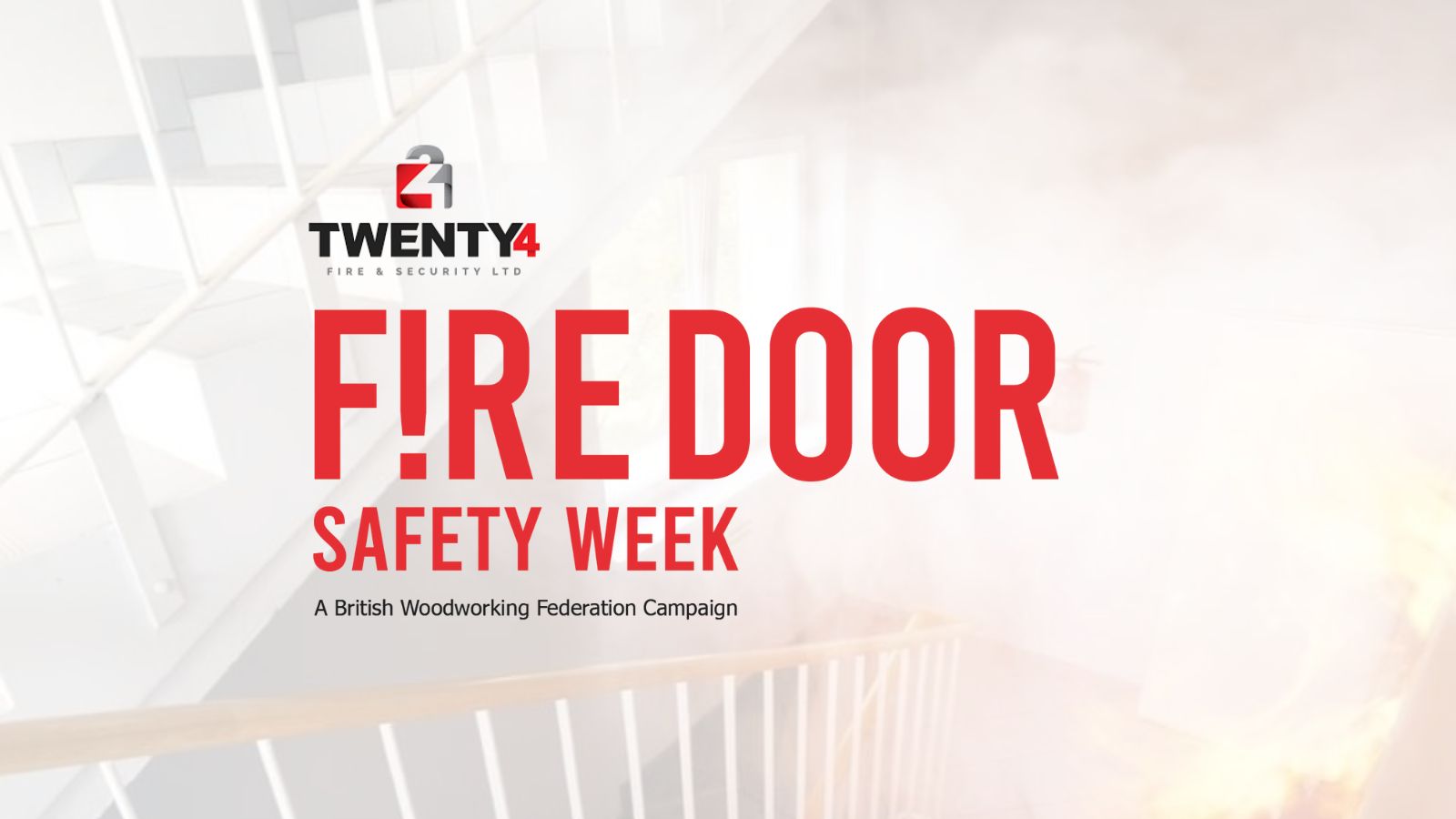When it comes to protecting vulnerable residents, fire safety in care homes is not just a legal obligation; it is a moral duty. In 2025, the expectations placed on care providers are greater than ever, and at the heart of a strong fire safety strategy lies one crucial process: the fire risk assessment. For care homes, fire safety is about much more than ticking compliance boxes. It is about preventing tragedy, safeguarding lives, and ensuring every member of staff knows exactly what to do when seconds count. At Twenty4, we work with care homes across South Wales to ensure their fire risk assessments, equipment servicing and safety procedures are always up to date. Our proactive approach helps managers meet strict legal standards while giving them peace of mind that they are doing everything possible to protect residents, staff and visitors.
Why Fire Risk Assessments Are Essential
A fire risk assessment is the foundation of any care home’s fire safety strategy. Done properly, it identifies hazards, evaluates risk and ensures robust systems are in place to reduce those risks to the lowest possible level. In a care home environment, where residents may have reduced mobility, sensory impairments or cognitive challenges, the ability to spot and address risks before they escalate is vital. An effective fire risk assessment should:
-
Identify potential fire hazards throughout the premises
-
Reduce the likelihood of those hazards causing harm
-
Determine the right physical precautions and management actions to ensure safe evacuation if a fire occurs
The Twenty4 Approach to Supporting Care Homes
We work closely with care service managers to ensure fire safety is not just a one-off task but an ongoing priority. Our support includes:
-
Fire risk assessments carried out by qualified professionals, tailored to each care home’s unique needs
-
Six-monthly servicing of fire alarm systems, ensuring they remain fully functional and compliant
-
Annual servicing of smoke detectors, sprinkler systems and fire-fighting equipment
-
Monthly flick tests and annual servicing of emergency lighting
-
Regular safety checks on fire doors, exits, signage and escape routes
-
Staff training so all employees can respond calmly and effectively in an emergency
Routine Fire Safety Checks: Daily, Weekly, Monthly, Six-Monthly and Annual
Daily checks should ensure:
-
Fire doors are closed
-
Fire exits and stairways are clear
-
Unnecessary electrical equipment and heaters are switched off
-
Contractor work areas are free from hazards
-
Rubbish and store rooms have no smouldering risks
-
Access points for emergency services are unobstructed
Weekly checks should confirm:
-
Fire alarm systems are tested and audible throughout the building
-
Fire-fighting equipment is in place and in good condition
-
Flammable materials are kept to a minimum and stored safely
-
Escape routes are clutter-free, with all signage visible and intact
-
No obvious hazards exist in rooms such as portable heaters near curtains
-
Electrical cables and leads are free from damage
-
Security arrangements are in place to deter arson
Monthly checks should include:
-
Emergency lighting flick test to ensure units illuminate and operate correctly
Six-monthly checks by a competent person:
-
Full service of the fire alarm system, including control panels, batteries, detectors, call points, sounders and system interfaces
-
Review of building layout or operational changes to update fire strategy and zoning
Annual checks:
-
Full servicing of emergency lighting following monthly flick tests
-
Annual servicing of portable fire extinguishers
-
Maintenance of sprinkler or water-mist systems
-
Cleaning and functional testing of smoke and heat detection in line with manufacturer guidance
-
Review of the fire risk assessment and evacuation drill results
Fire Evacuation Procedure
In the event of a fire or if the fire alarm sounds:
Staff must:
-
Evacuate immediately in line with the evacuation plan
-
Stay calm and assist residents, visitors, disabled persons and contractors
-
Check all rooms, especially toilets, where safe to do so
-
Close all doors behind them
-
Report any unaccounted persons to the home manager, fire warden or fire brigade
Staff must never:
-
Stop to collect valuables
-
Use lifts
-
Open doors showing signs of smoke unless it is the only escape route
-
Re-enter the building until cleared by authorised personnel
Managers and fire wardens must:
-
Call 999 for the fire service
-
Meet and brief the fire brigade on arrival
-
Use the staff roll, resident list and visitor log to account for everyone
-
Report any missing persons to the fire brigade immediately
It is care home policy that a trained fire warden is on duty at all times.
A Partnership Approach to Fire Safety
At Twenty4, we see fire safety as a partnership. By keeping risk assessments up to date, ensuring equipment is maintained and giving staff the knowledge and confidence to act in an emergency, we help care homes meet their compliance duties and, most importantly, protect lives. In a care home environment, safety is not just a requirement; it is a responsibility. A thorough and regularly reviewed fire risk assessment is not just paperwork, it is a lifeline.





